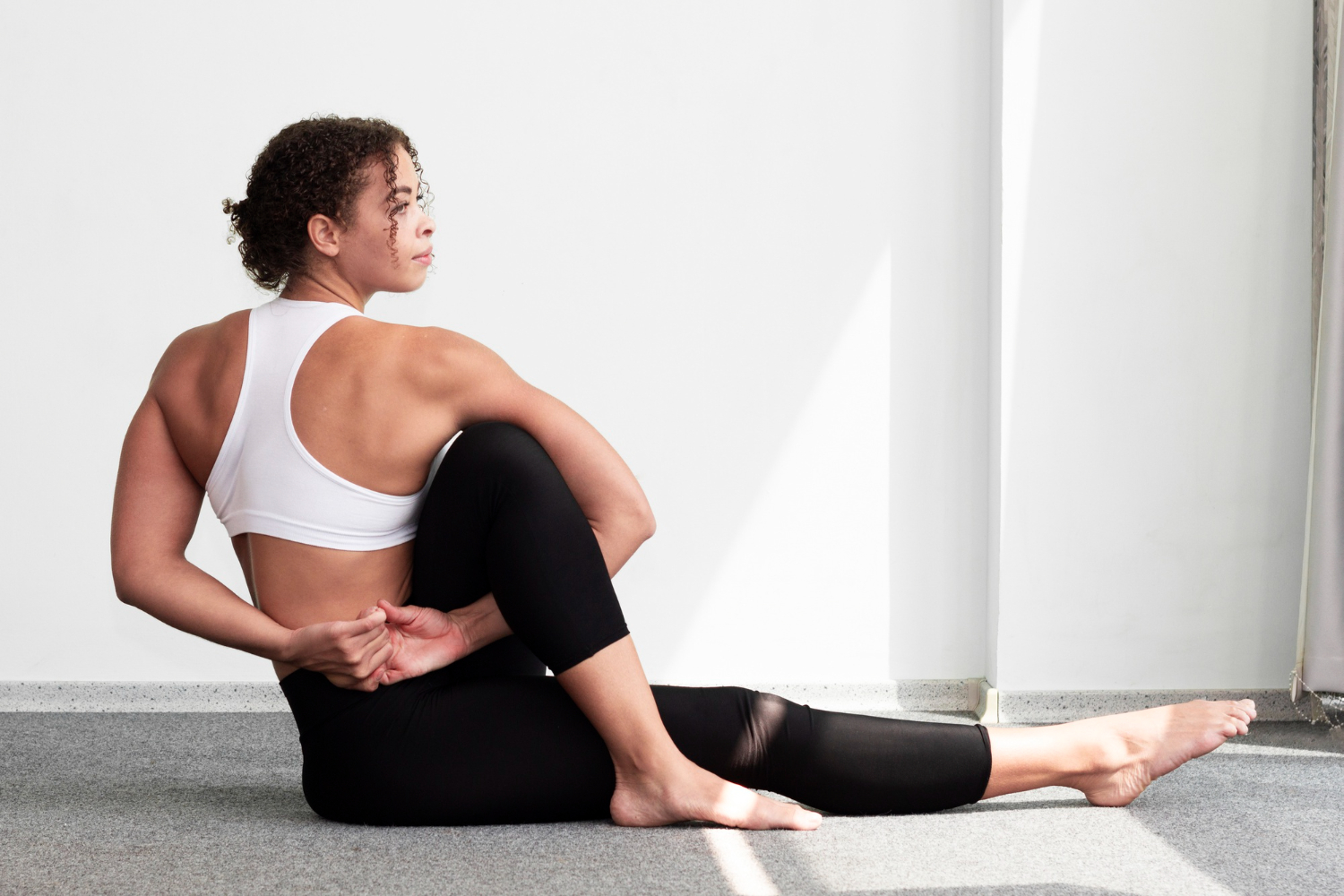{{ banner_block|raw }}
Understanding spine anatomy and its importance
Before you jump into lifting weights or hitting machines, it's crucial to understand the hidden mechanics powering your back. Think of your back as a complex machine, where different "gears" work together to help you move, stand tall, and stay strong. The better you know your back, the smarter and more effective your workouts will be.

Your back muscles can be grouped into several key players:
Latissimus dorsi (or lats): These wide muscles give you that desirable V-shaped silhouette.
Trapezius muscles: Supporting your upper back and neck, they control your shoulder blade movements.
Erector spinae: These muscles run along your spine, helping you stand straight and bend backward.
Rhomboids: Located between your shoulder blades, they help pull your shoulders back and stabilize your upper back.
Layers of the back muscles
Anatomically, your back muscles are divided into superficial (outer) and deep (inner) layers.
Superficial muscles include:
Trapezius: Shaped like a large trapezoid, these muscles span from your neck to your mid-back.
Latissimus dorsi: Covering the lower back, they connect from your lumbar region all the way up to your arm bones.
Rhomboids: Hidden under the trapezius, they resemble a diamond and pull the shoulder blades together.
Levator scapulae: Responsible for lifting your shoulder blades.
Deeper muscles:
Serratus posterior muscles: These assist with breathing by helping lift and lower the ribs.
Splenius muscles: Located in the neck, they allow gentle neck turns and head movements.
Erector spinae: The real powerhouse of spinal posture. A strong erector spinae group means better posture and reduced back pain risks.
Setting up a safe workout space at home
Creating a safe and inviting workout environment at home is essential for consistency and injury prevention. Make sure you have:
A clean, open space free from obstacles.
A high-quality exercise mat to support your spine.
Optional resistance bands and light weights for variety.
Good lighting and ventilation to keep you energized and motivated.
Warm-up routines to protect your back
Before diving into exercises, wake up your spine with these simple moves:
Side bends: Stand tall with arms stretched overhead. Slowly bend to each side, feeling a stretch along your ribs.
Back stretch: Reach your arms up as high as possible, then slowly fold forward, aiming to touch the floor.
Seated lateral stretch: Sit on the floor with legs extended. Bend one knee and cross it over the other leg. Stretch your opposite arm across the bent knee to feel a gentle pull along your side.
Seated twists: Sitting on the floor, cross one leg over the other and twist gently toward the bent knee, using your arm for support.
Glute bridge: Lie on your back, knees bent, feet flat on the floor. Lift your hips upward, squeezing your glutes and core, then slowly lower back down.
Step-by-step guide to the cat-cow stretch
A classic for spinal flexibility:
Start on all fours (hands under shoulders, knees under hips).
Inhale: Arch your back gently, lifting your tailbone and head (cow pose).
Exhale: Round your back toward the ceiling, tucking your chin and pelvis (cat pose).
Repeat slowly 10–15 times, syncing movement with breath.
This gentle flow keeps your spine mobile and lubricated, making it an ideal warm-up or cooldown.
How to perform the Superman exercise
The Superman move is as heroic as it sounds — simple yet powerful.
Benefits:
Strengthens the entire posterior chain (back, glutes, shoulders).
Improves posture.
Reduces lower back pain, according to research on spine-stabilizing exercises.
In fact, a 2013 study published in the Journal of Physical Therapy Science showed that stabilization exercises like Superman significantly reduced pain and improved quality of life in patients with chronic low back pain.
Technique:
Lie face down on a mat, arms extended overhead, legs straight.
Simultaneously lift arms, chest, and legs about 4–6 inches off the ground.
Hold the lifted position for 2–3 seconds, engaging your back and glutes.
Lower slowly and repeat 10–15 times.
Aim for 2–3 sets, resting 30 seconds between sets.
Consistency is key for seeing improvements without overstraining.
The benefits of plank variations for spine strength
Planks aren't just about abs — they're spine heroes too! Regular plank practice:
Strengthens your deep core muscles that protect your lower back.
Enhances overall stability, which is crucial for functional movement.
Reduces the risk of injury during workouts and daily activities.
Try different variations like side planks, reverse planks, or planks with shoulder taps to keep it interesting and challenge new muscles.
Incorporating bird-dog balance into your routine
The bird-dog is a deceptively simple move that builds balance and back strength:
Start on all fours.
Extend your right arm forward and your left leg back simultaneously.
Hold for 2–3 seconds, keeping your core engaged and hips square.
Return to center and switch sides.
This move enhances spinal stability and trains your body to resist rotational forces — super important for everyday strength.
Tips for executing the bridge exercise correctly
The bridge is a fantastic move for back, glutes, and hamstrings, but only if done right.
How to do it:
Lie on your back with knees bent and feet flat.
Keep your arms relaxed at your sides.
Push through your heels to lift your hips up, squeezing your glutes.
Hold at the top for 5–10 seconds.
Lower slowly and repeat 10–15 times.
Avoid overarching your back — the motion should come from your glutes and hamstrings, not your spine.
Using resistance bands to enhance back muscle workouts
Resistance bands are a fantastic tool to intensify your back training without heavy weights. They allow for constant tension during movements, helping you:
Improve muscle activation.
Build strength safely, even at home.
Progress exercises like rows, lat pull-aparts, and reverse flys.
Pro tip: Start with a light to medium resistance band and focus on slow, controlled movements for maximum gains.
A 2019 study published in BMC Musculoskeletal Disorders found that back-focused exercises using minimal equipment — such as bodyweight and resistance bands — effectively reduced lower back pain and improved daily function in adults with chronic low back discomfort. This makes resistance bands a powerful tool even for people managing pain or mobility issues.
🎉 Ready to take the next step? Get 70% OFF your StarFit subscription with our exclusive promo MEDIUM!
Access expert-led programs, track your progress, and build the body (and lifestyle) you deserve — all in one place.
Don’t wait — the offer won’t last forever!
















